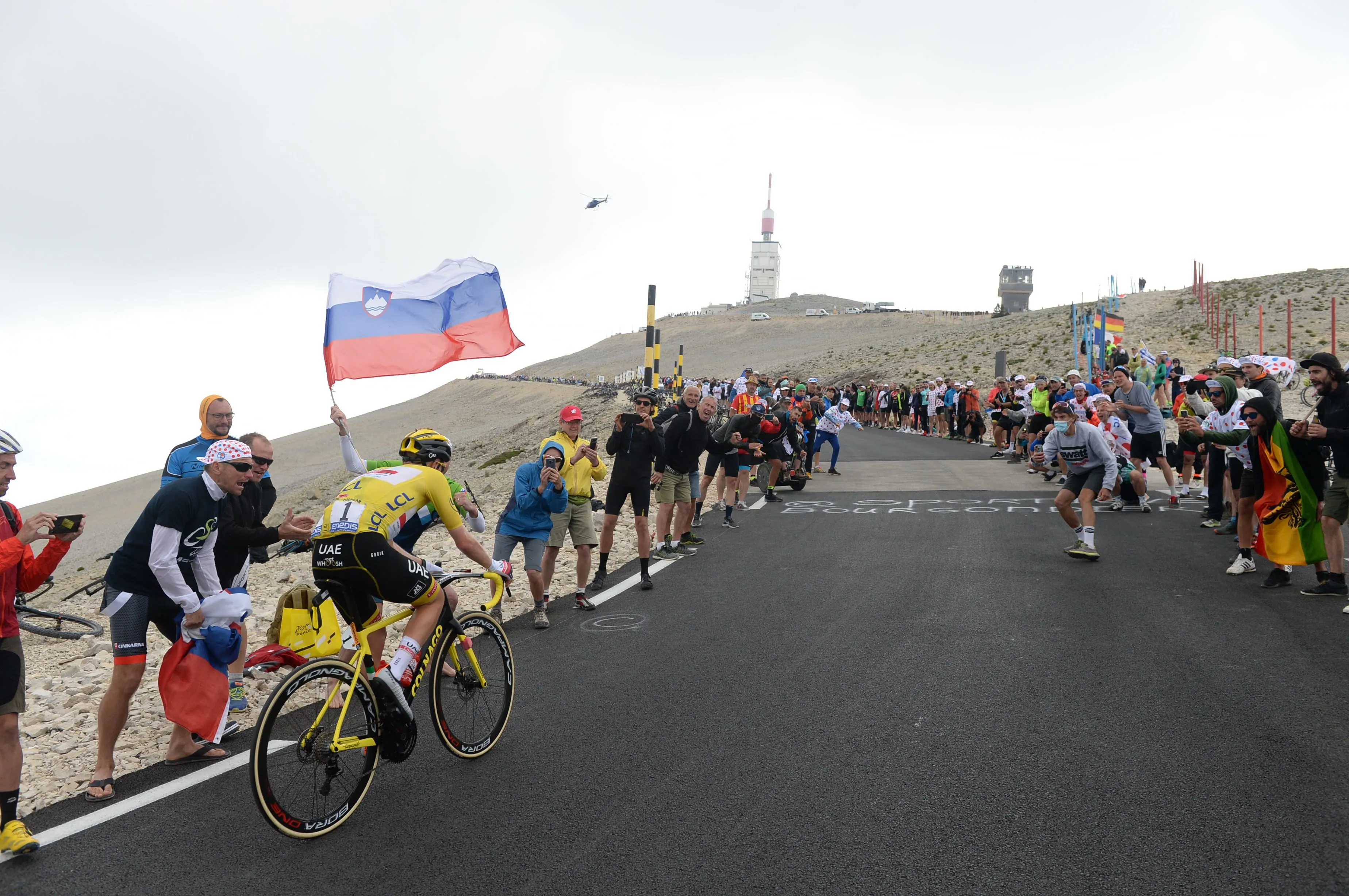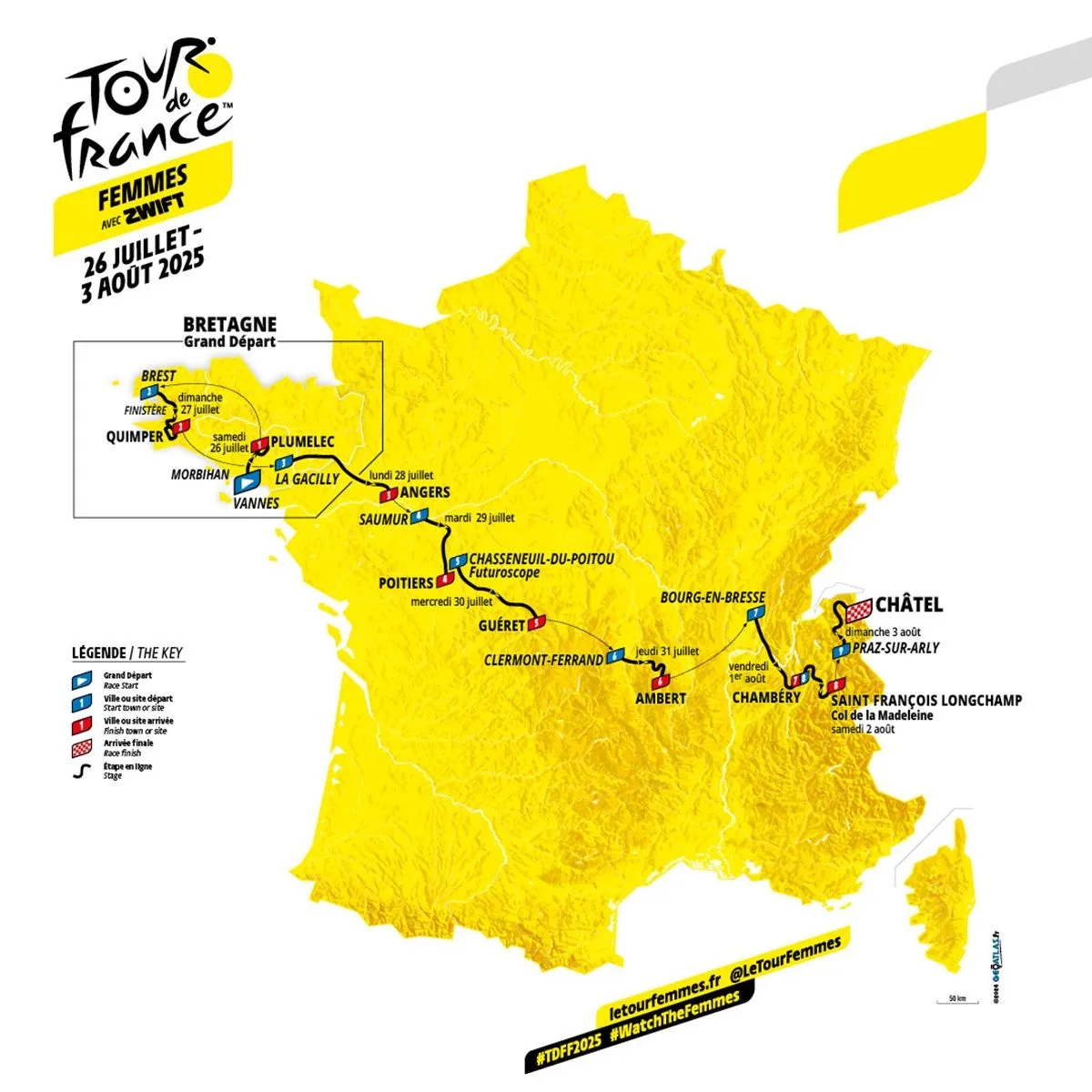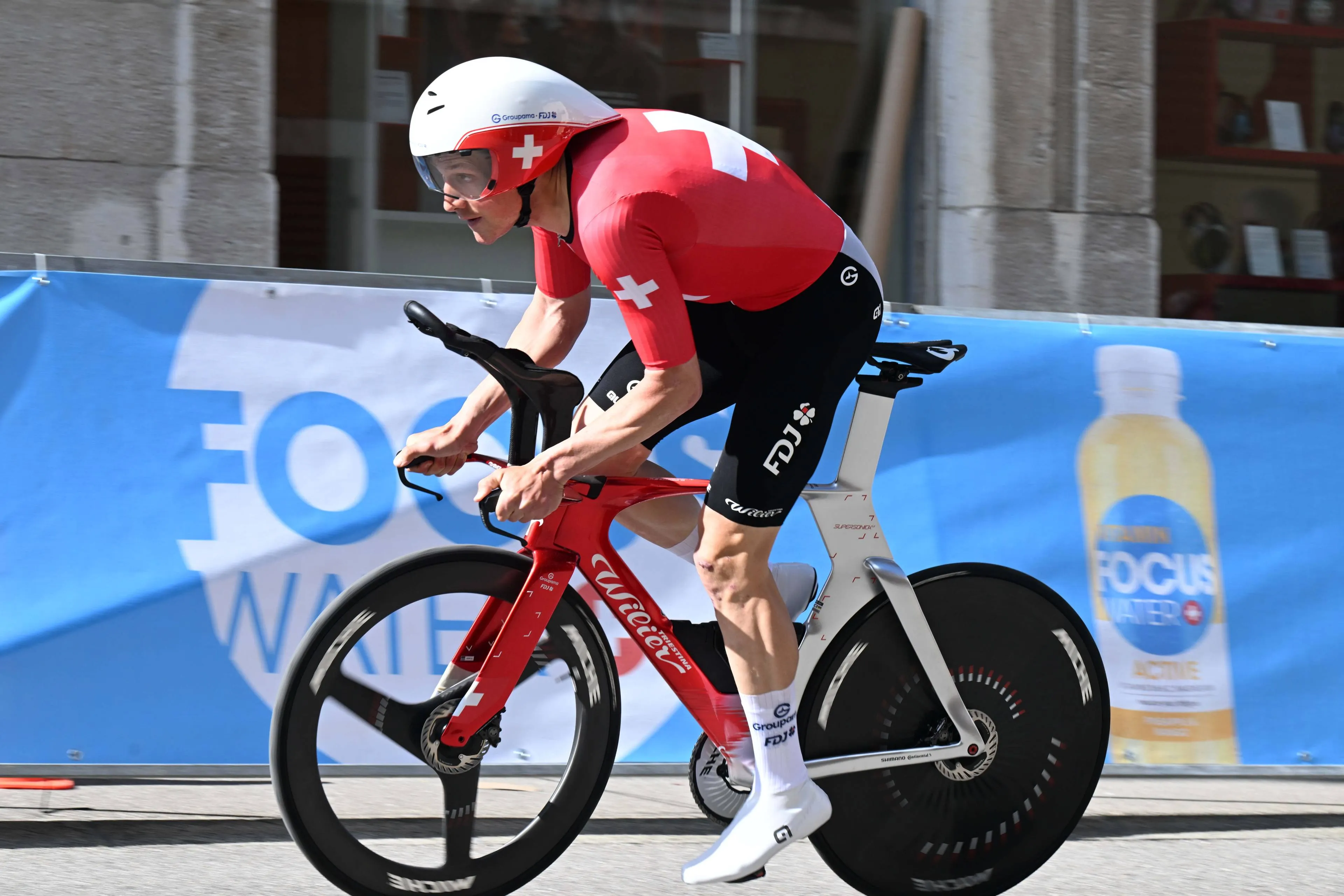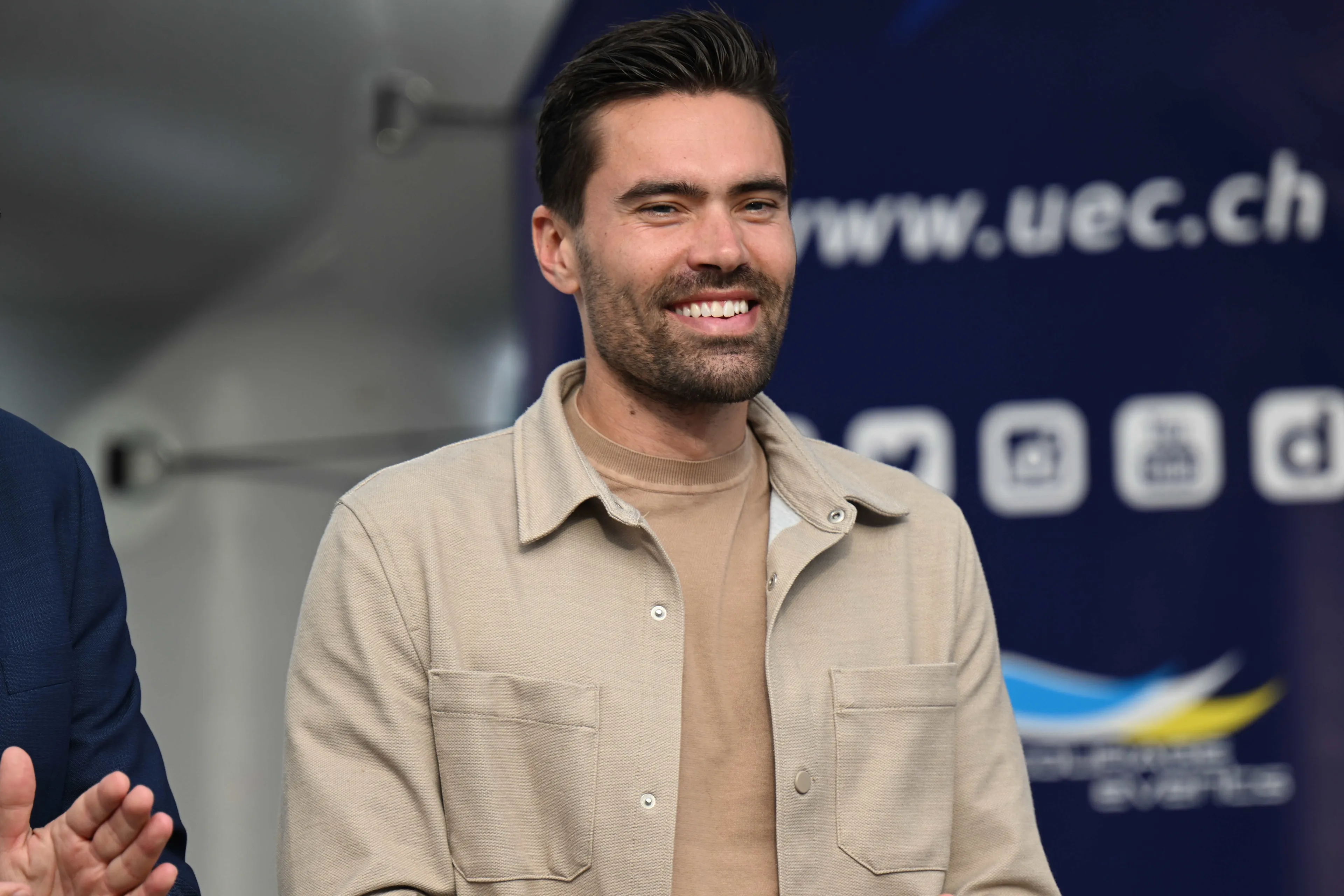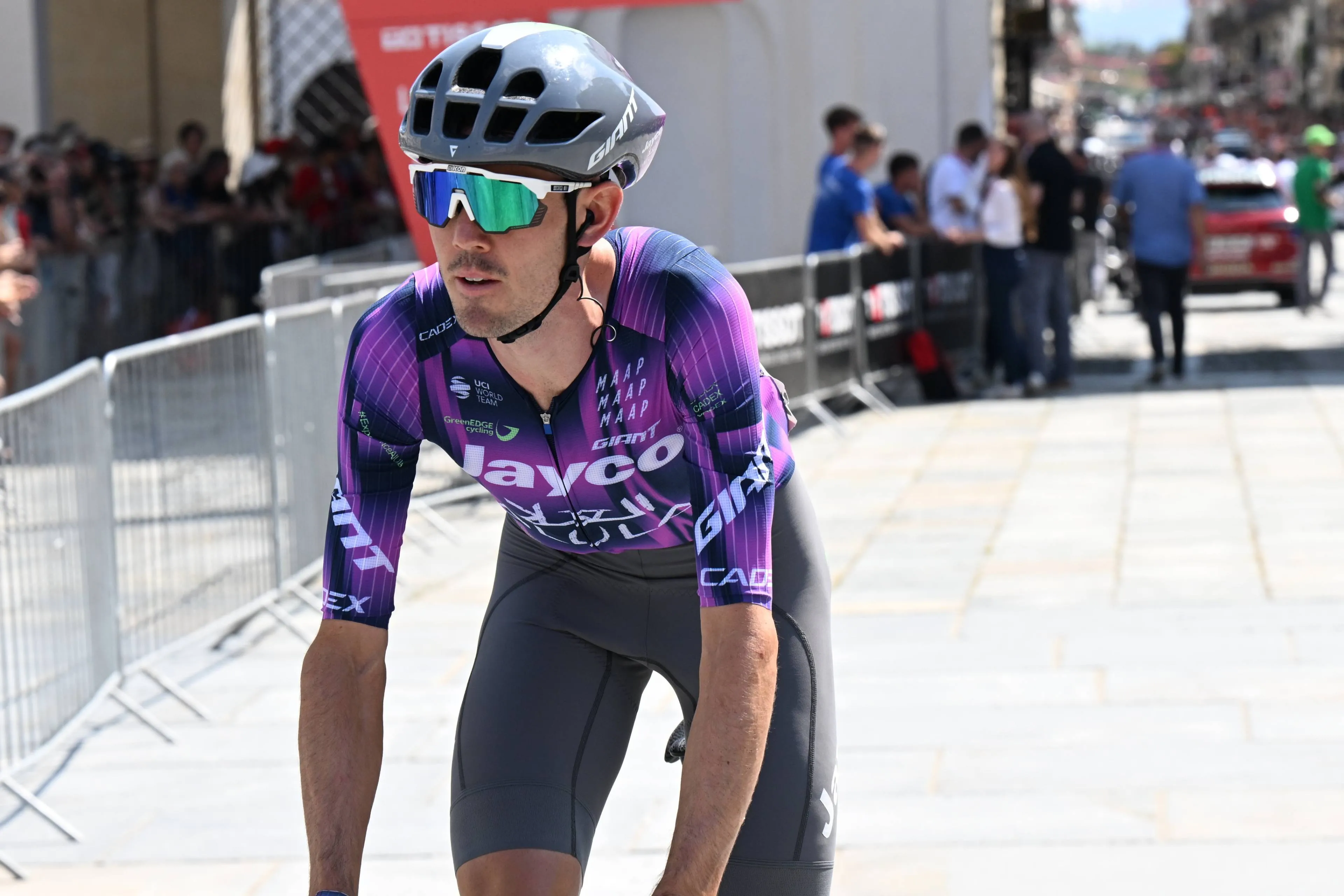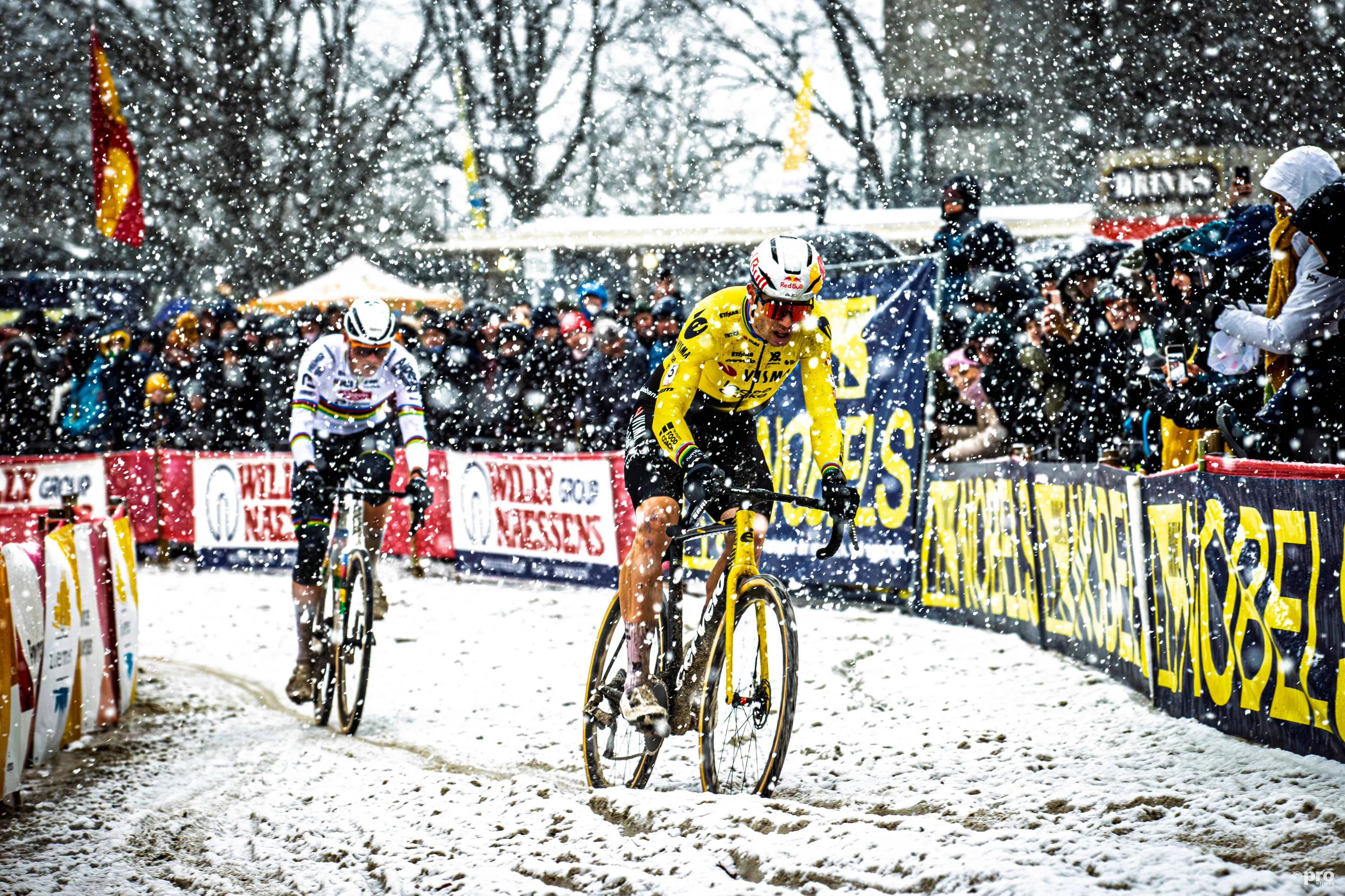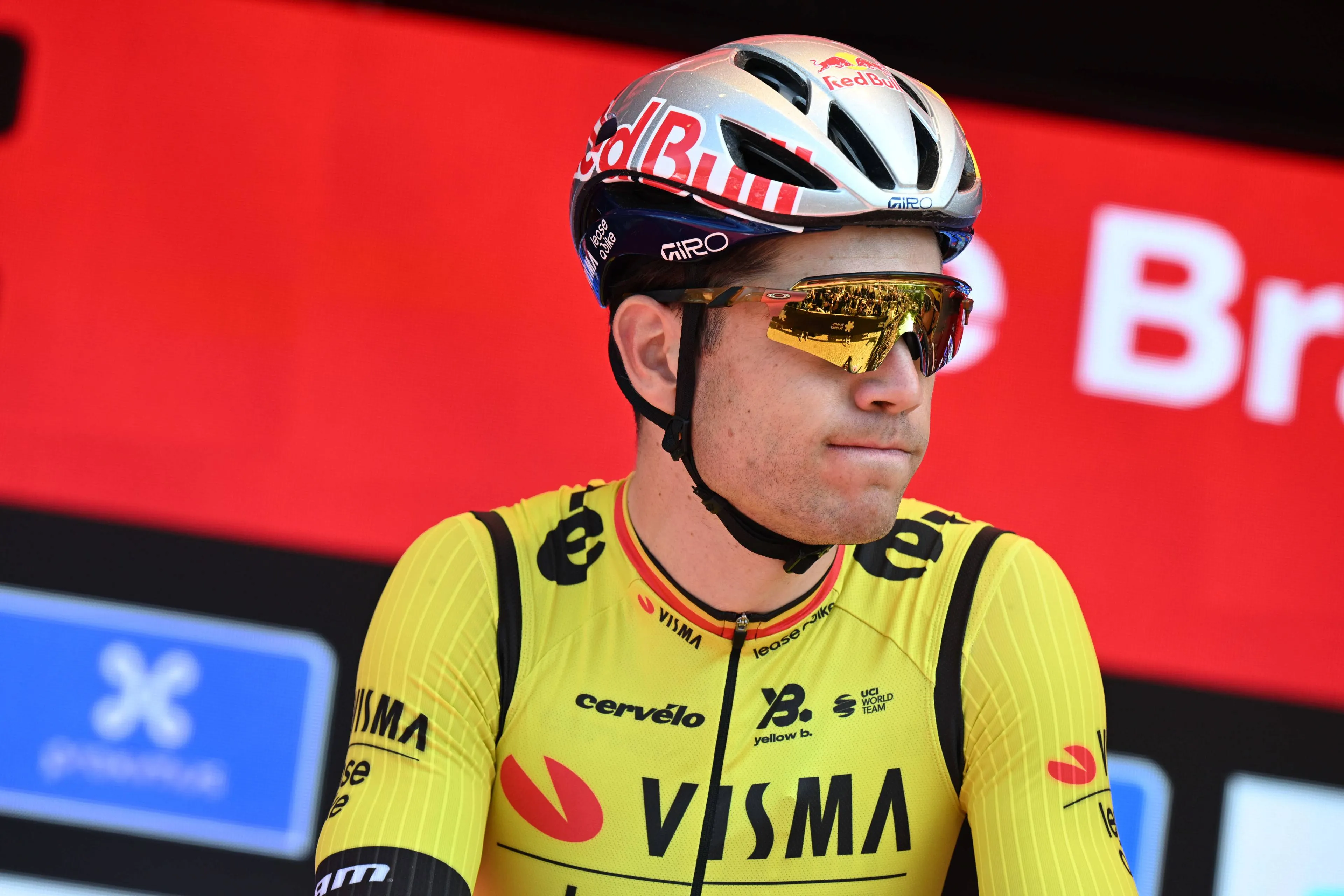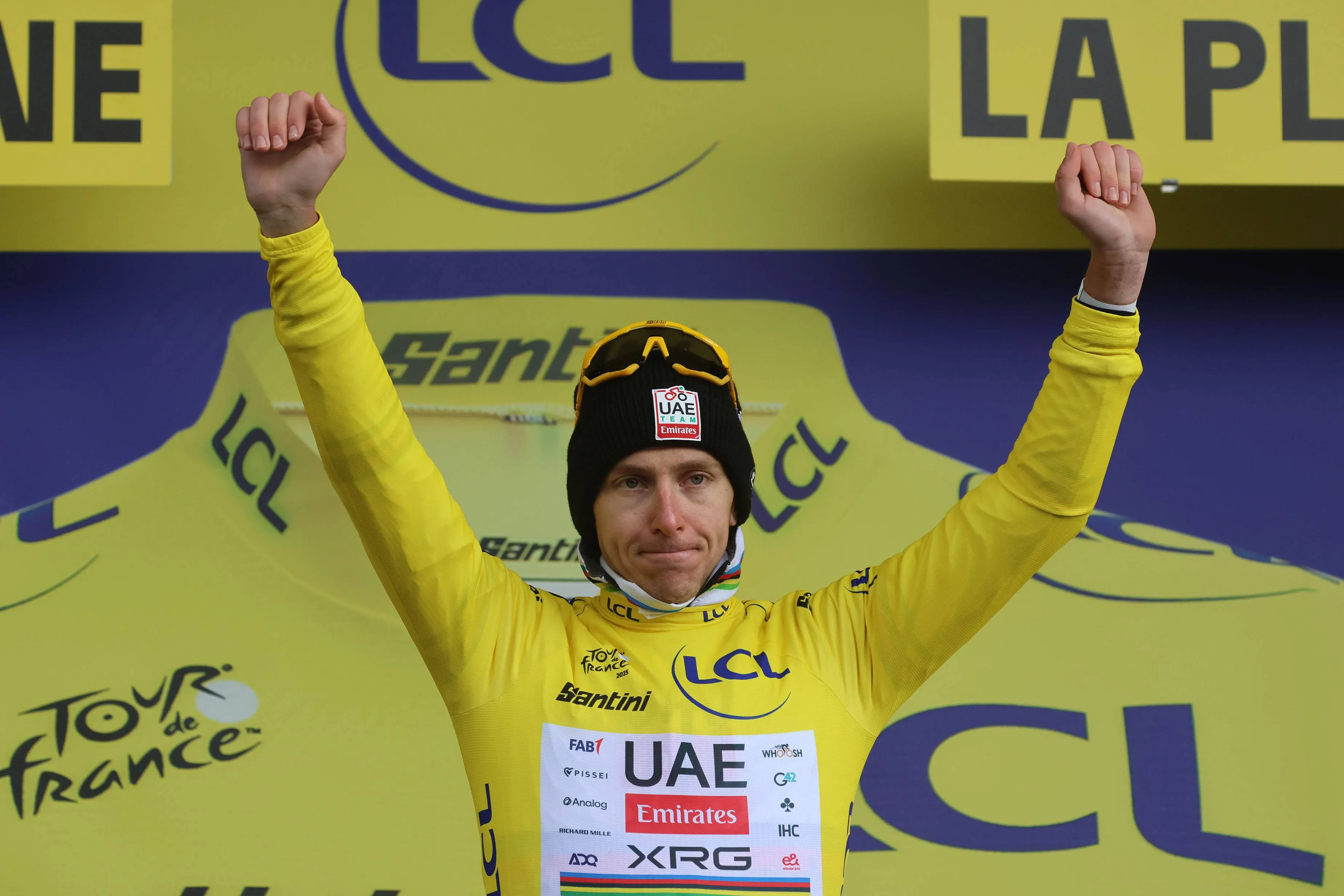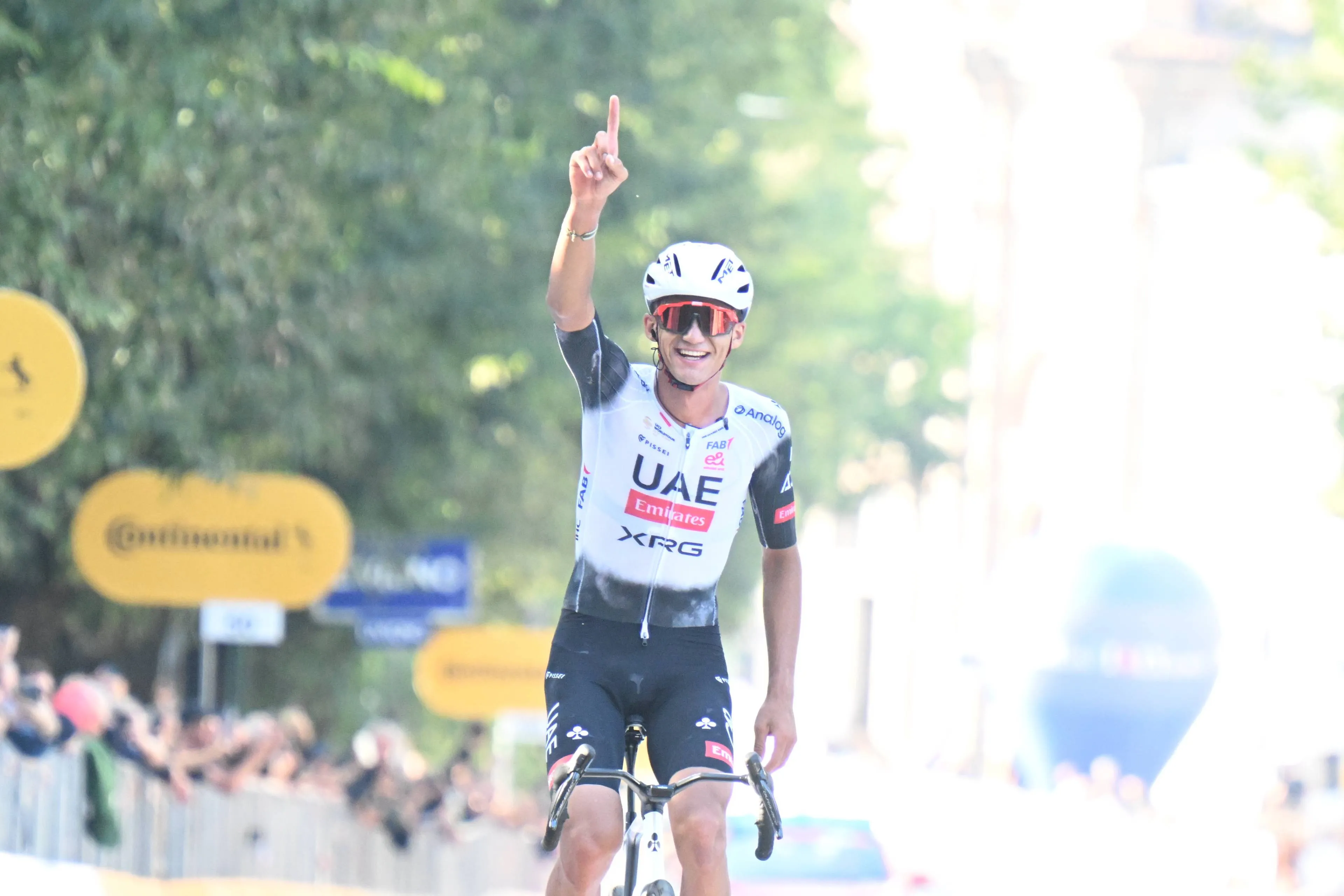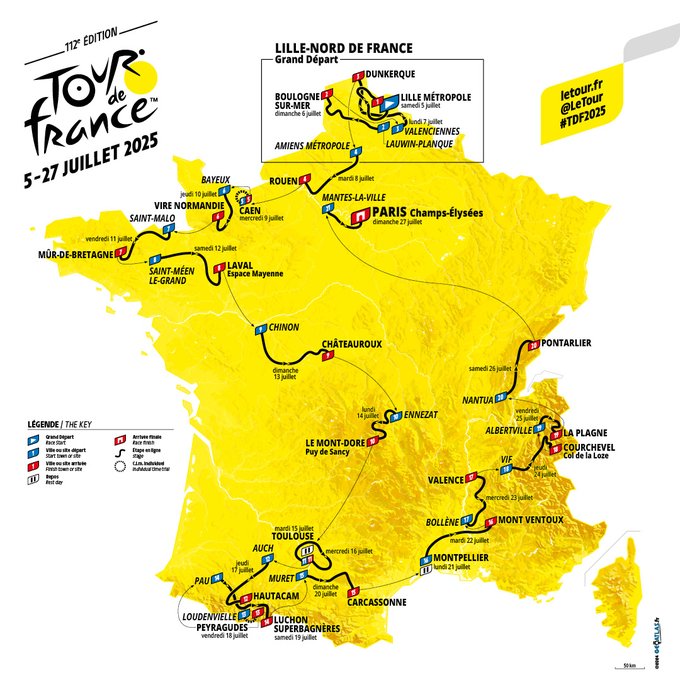Pedal Punditry #15 - The GOOD and the BAD from the 2025 Tour de France route
CyclingWednesday, 30 October 2024 at 11:38

The revelation - or rather, confirmation - of the 2025 Tour de France route was the great highlight of this week in the cycling world thus far. It's a route that differs from recent years, back to a 'traditional' route, which carries some pros and cons. We take a look and analyze them.
The route was officially confirmed this Tuesday morning in Paris and, as the dedicated French news outlets have managed to piece together, the 2025 course was revealed featuring a first week with nine flat and hilly stages, and a time-trial. The high mountains will have to wait until the 12th day of racing before they appear, contradicting the ever-growing trend of inserting stages for the GC riders right at the start of Grand Tours. The Tour took a bet, also with a fully French route, but will it pay off.
Read also
GOOD: It's a 'classic' route, following a trend of the past and is different from recent Tours.
Innovating is good, but going to a traditional route can also be good. I think there was definitely a decision from the top to request a route reminiscent of the 2000's and it was well executed. In this, the first year since 2020 (because of Covid however) where the entire route takes place inside France, we see a race split into two, very clearly.
The first half features many opportunities for the sprinters, just like we used to have in the era where the likes of Erik Zabel and Mark Cavendish used to take swarms of victories home. But currently, there are so many quality sprinters and leadouts that this kind of scenario happening is not realistic. But above that is the return of a Tour route where classics riders can actually be ambitious. Another recent trend is the insertion of tons of mountain stages 'to make it exciting' and then try to fill up the remaining spots with as many sprint stages to make sure the fast men still come. This has often led to the low number of hilly stages, and where they are present is likely in the second and third weeks where they become certain breakaway days.
In 2021 the route was almost 100% inside France and the focus was similar to this year's in the sense that the first week had opportunities for the puncheurs. The victories and yellow jerseys for Julian Alaphilippe and Mathieu van der Poel were both iconic days... This is a formula that can work, and it's back. Stages 2, 4, 6 and 7 all have explosive hilly finales. On stages 2 and 4 the yellow jersey will be on the line as there are no mountains to create differences inbetween. Stages 6 and 7 will come after the time-trial so it's not certain by any means.
But in all four stages the GC riders will have to give their all to not lose time (or win, if you're Pogacar for example), the likes of Mathieu van der Poel and Wout van Aert for example will be on the hunt for wins as classics specialists; whilst sprinters like Mads Pedersen and Arnaud De Lie will be in hopes of surviving the climbs aren't hard enough and they can sprint to victory. Many different types of riders, their leadouts and tactics will all be mixed in these days, which is exciting. Riders like van der Poel and van Aert virtually lost reason to be at the Tour as they turned to domestiques in non-suiting routes, but now they absolutely do have a reason to do so and even aim big.
BAD: The organizers have presented the route without having half the stages designed.
This is a pet peeves of mine, the route is not finished. The route has been presented, but sold as a 'confirmed route' whilst it's not the case. We have got the profile of only a few stages which are mostly the mountainous days. We have got a decent view of a few of the hilly finales of he first week, we understand what we see. But is the route finished? Plenty stages only had their start and finish locations revealed. No insight into whether they are flat or hilly days; we understand the answer mostly from the work of French news outlets who do an amazing job at connecting the dots.
The Tour de France hosted a route presentation before the route is even decided. Take the Mont Ventoux stage, a key day for the overall classification, where nothing is known besides the start location and the final climb. Multiple flat days and inclusively the stage 5 time-trial are yet to be decided. Meanwhile, as should be the case, the Tour de France Femmes' route was fully revealed today - all profiles, maps and whatever you need is already available for watching. The Giro d'Italia route presentation will take place within two weeks and the same will not happen, the profiles will be made available because the route is finished. I do not understand why the decision to delay the presentation by one or two months is not taken, so that the Tour de France is "actually presented", not a few stages combined with a few ideas and plans - besides passing the message that no-one really cares about the sprint stages or what they look like, they will just be revealed 'whenever'.
Read also
GOOD: The first mountain time-trial in ages!
As someone wrote over on social media, somewhere... The Tour is expected to be a trend-setter. I am not the biggest fan of Mountain Time-Trials, but that's because they largely exist in smaller races where usually there is not much crowd and it's usually at the very end of a race where it makes little difference. At the Tour de France this is not the case, we will have a spectacle on the slopes of the Col de Peyragudes and it was a great choice because it's a climb that features a brutal final ramp to the line, reaching almost 20%.
This means that tactics are indeed possible, whilst still being a full mountain time-trial. Firstly the first three kilometers are flat which means there will be a debate on whether a TT bike is beneficial or not - which can also apply to the climb taking into consideration how fast the strongest ride up it. But the fact that the climb ends with an insanely steep ramp - where Chris Froome, in yellow, lost over 20 seconds back in 2017 to the main favourites - means that this won't be a power meter staring competition. Decisions have to be made, but at the same time we can expect massive power outputs that will certainly impress - whilst the lack of the endurance aspect may create surprises on the day, as the climb is not brutal in nature.
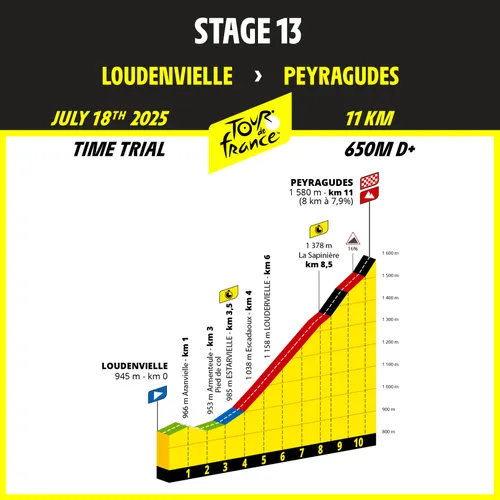
Stage 13
BAD: Almost all mountain stages have the same format.
There are six mountain stages in this Tour. One is the mountain time-trial, and the other is the day that goes up to Mont Ventoux - to my displeasure, the route has not been announced actually, but it's highly likely to be an 'unipuerto' day (one big climb and effort). There are four stages remaining, two in the Pyrenees and two in the Alps. Take a good look at them, what's the first thing you notice?
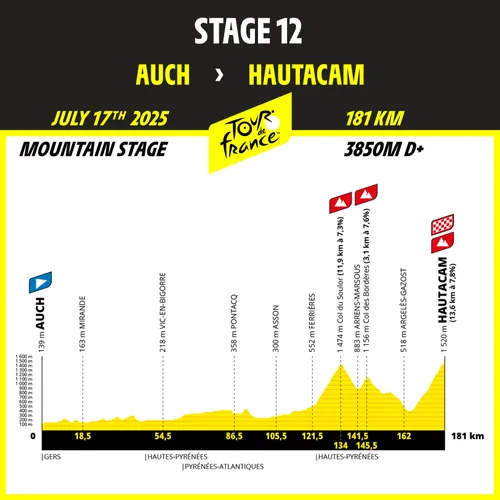
Stage 12
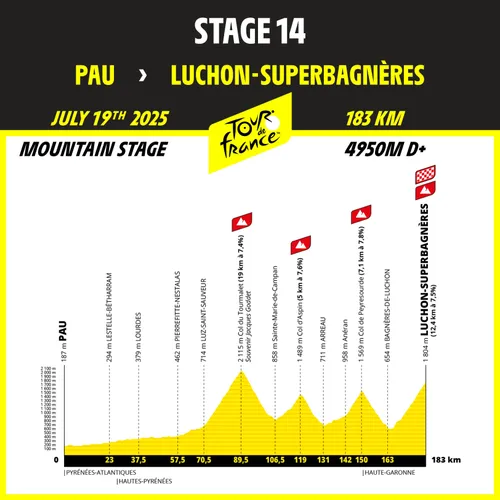
Stage 14

Stage 18
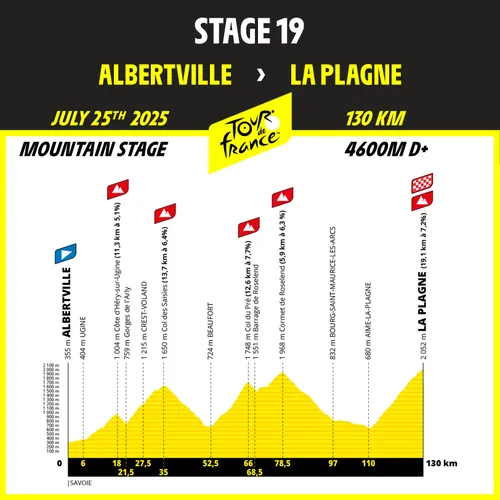
Stage 19
They are... Almost exactly the same stage, but four times. This is a huge criticism I have of this route, and perhaps the biggest. Firstly, in the Pyrenees the organizers consciously continue to have flat starts to all stages, before putting in a few long climbs at steady gradients and then a summit finish. This is a worn-out formula that is used over and over again and we will have more of it. The stages to Hautacam and Superbagneres are virtually the same, and because the final climbs are quite difficult we are very unlikely to see any risks taken before the final ascent where we'll have a W/Kg competition. We'll likely have the same kind of racing and battle on four occasions and this is the great majority of the mountain days. The Mont Ventoux stage will be the same, only in a different format.
No long-distance mountain stages (on the contrary, they continue to bet on short stages with a flat start) where endurance and fatigue play a bigger role, no ultra-steep climbs, no explosive stages... The Tour de France Femmes has a brilliant final stage with a brutal climb halfway through and a few smaller but still hard ascents during the day... It's called innovation and it's a format that is meant to incentivize attacking, aggressive racing, surprises or more complex tactics.
Only stage 19, because of it's relatively (although not too much) hard start could see some of that happening and being meaningful. The Alpine stages, this late in the race, will not see any meaningful early attacks in the fight for the top positions. And if a team like UAE or Visma want to control they can easily do it because it's flat roads and constant climbs. Both Giro and Vuelta innovate quite a lot, and although they perhaps benefit from a 'better' geography for this (mountains throughout a larger area of the country) the Tour has done this before, and going back to a traditional course doesn't mean also recreating a formula that does not work unless you have "crazy" riders like Pogacar or Vingegaard who are so superior to the competition that it doesn't really matter where they attack.
Read also
claps 3visitors 3
Just in
Popular news
Latest comments
- What an overtly bias story!whit2pet08-01-2026
- The result at the TDF is independent of whether he rides Giro or not. 2nd at the TDFabstractengineer08-01-2026
- I wouldn't write them off for monuments any more than I would write off everyone competing against MVDP and Tadej. These two are the only clear favorites, but, if something happens Quick- Step has as good a chance as anyone.mij08-01-2026
- look at Remco and Egan. careers cut short if not permanently changed due to offseason crashes on the road. crashes happen, sadly, and being in competition does not make it any more or less likely.mij08-01-2026
- Makes sense. Finally got the Giro monkey off his back. Got a stage in all three GTs. He's never going to win the Tour, and probably isn't super fussed about fighting the young guns for leadership at other stage races. Why not just go out on a high?antipodeanpedalfan08-01-2026
- Everyone begins and ends life the same way. It's what we do in the middle that counts.paule08-01-2026
- Fact check false: I've crashed indoors before.acem8207-01-2026
- I'm wondering if he's quitting because Visma wouldn't make him their #1 at this year's Giro, which he believed suited him well. As defending champ he deserved his team's backing. After all, he's done a lot for Vingo.velodan07-01-2026
- If they keep sending Paul magnier to smaller races I expect he will bring in another heap of winsmobk07-01-2026
- Have a happy retirement, Simon. Not expecting this ...but well, you're leaving at the pinnacle of your careermhfrvz07-01-2026
Loading
2 Comments
